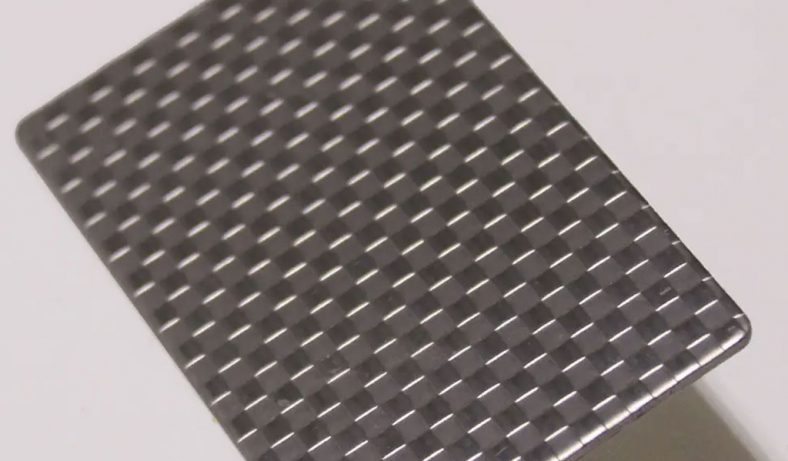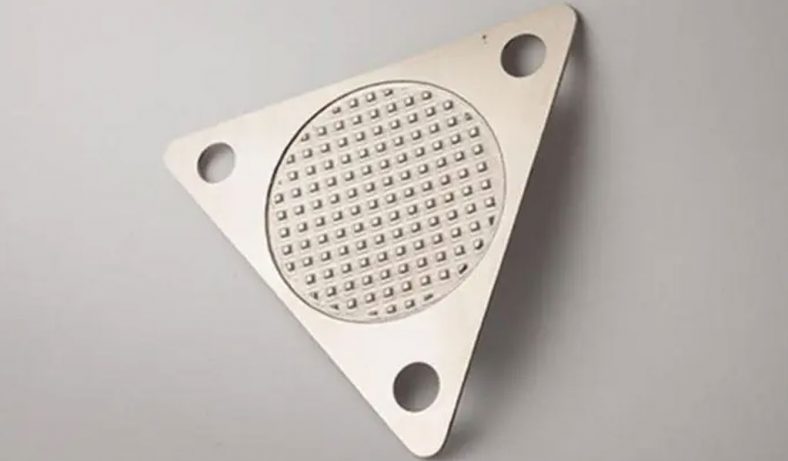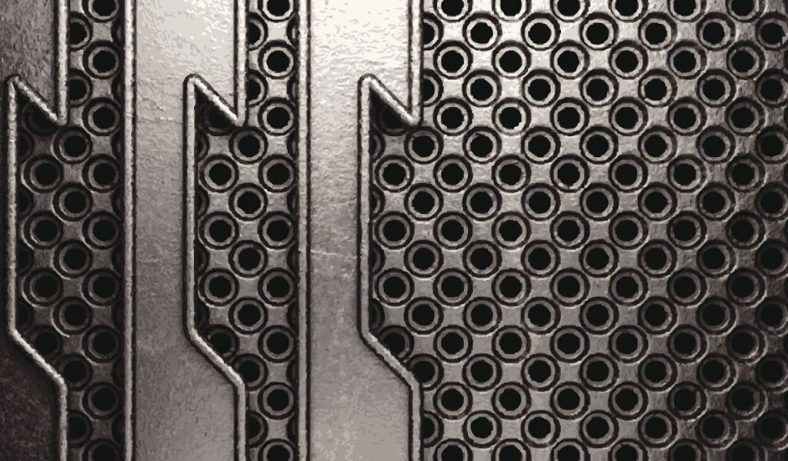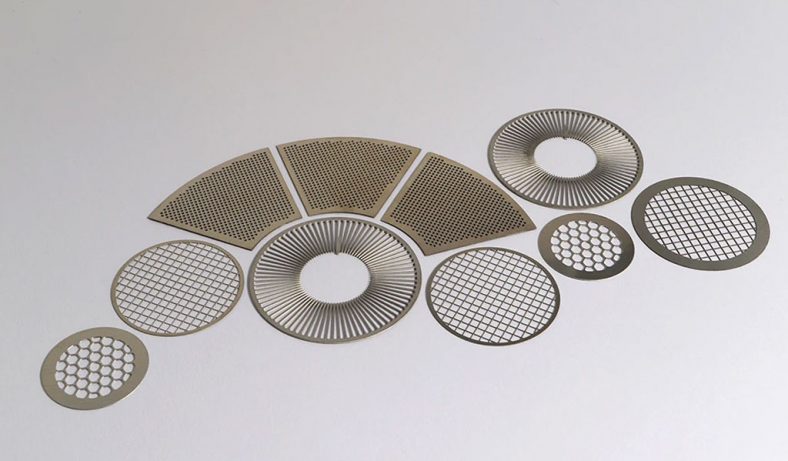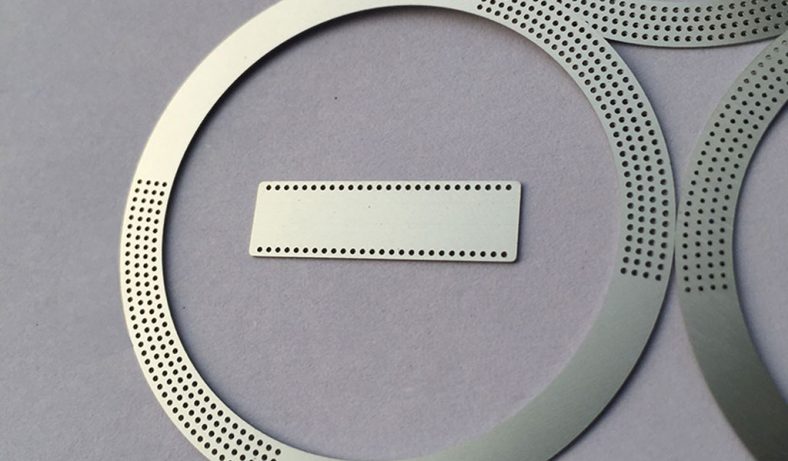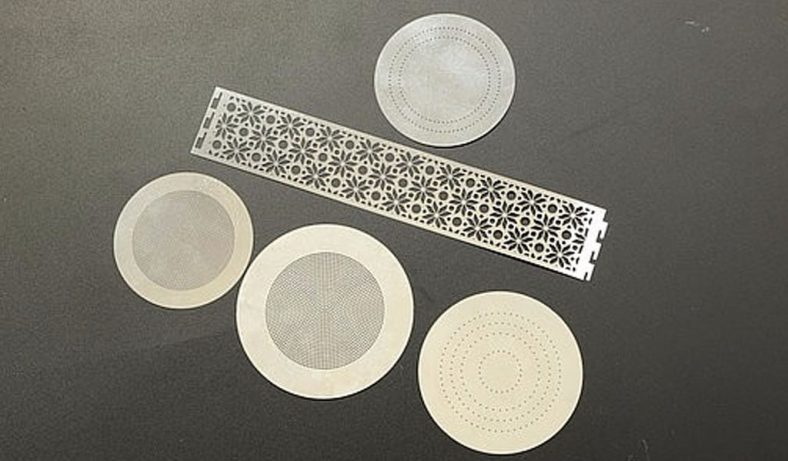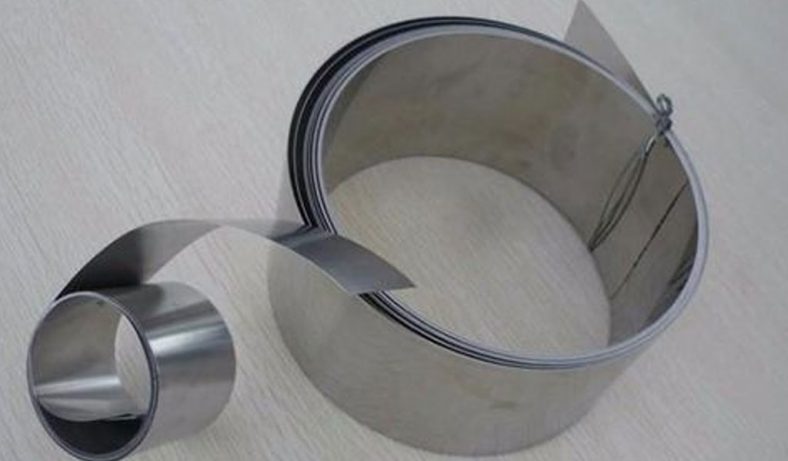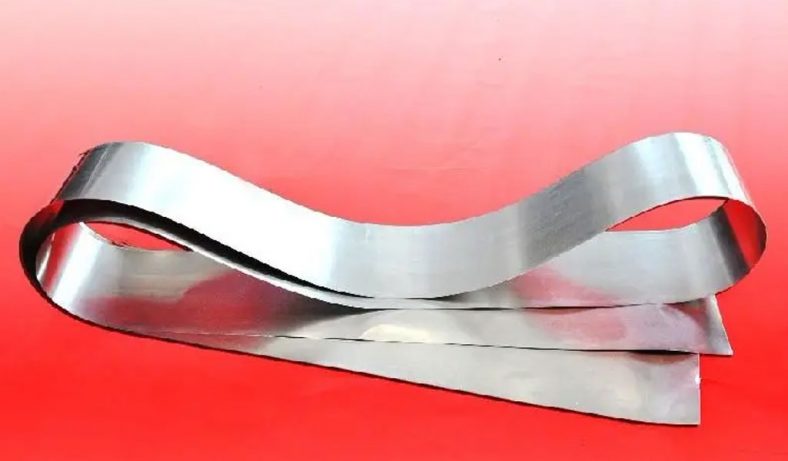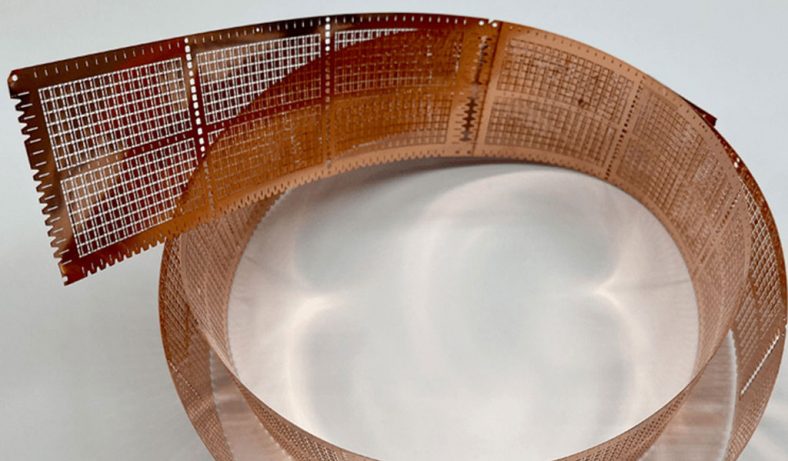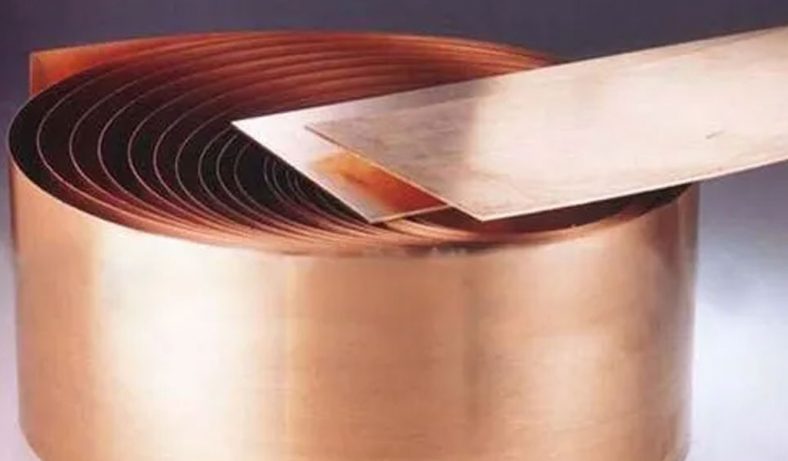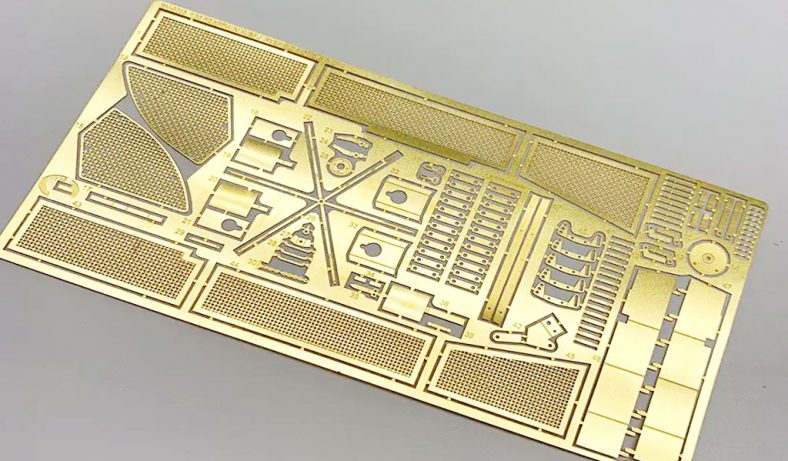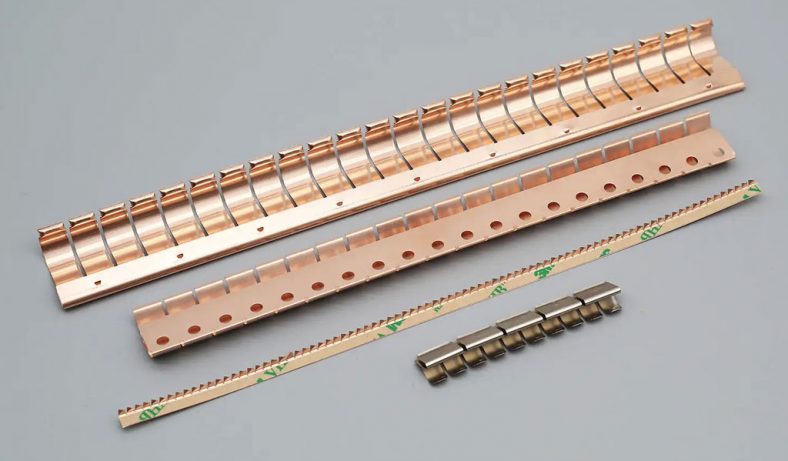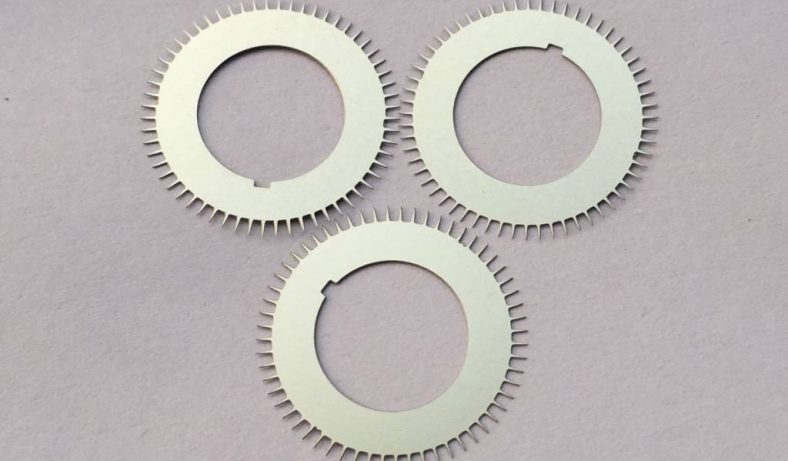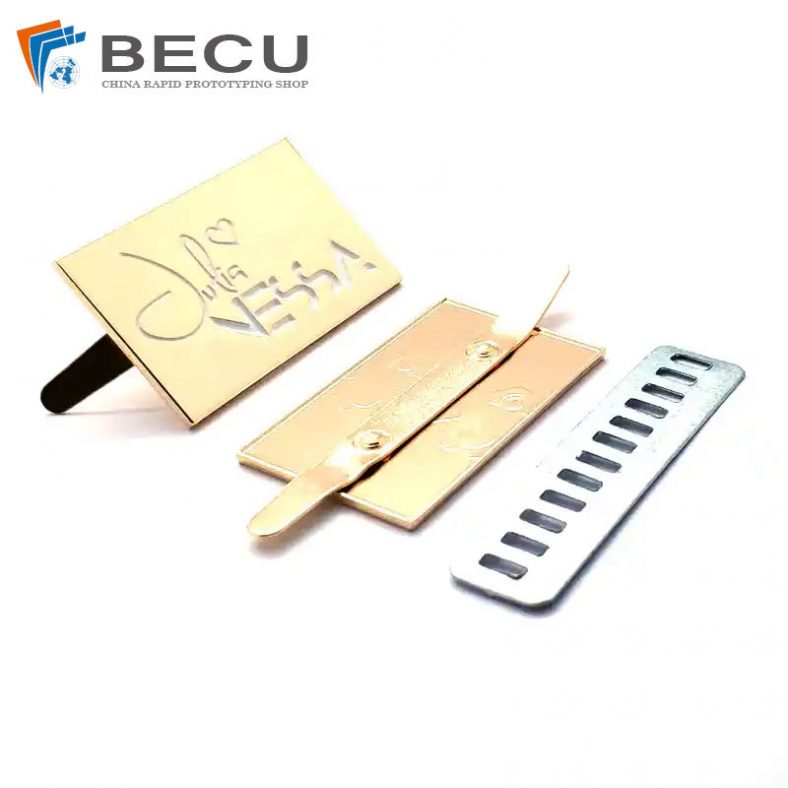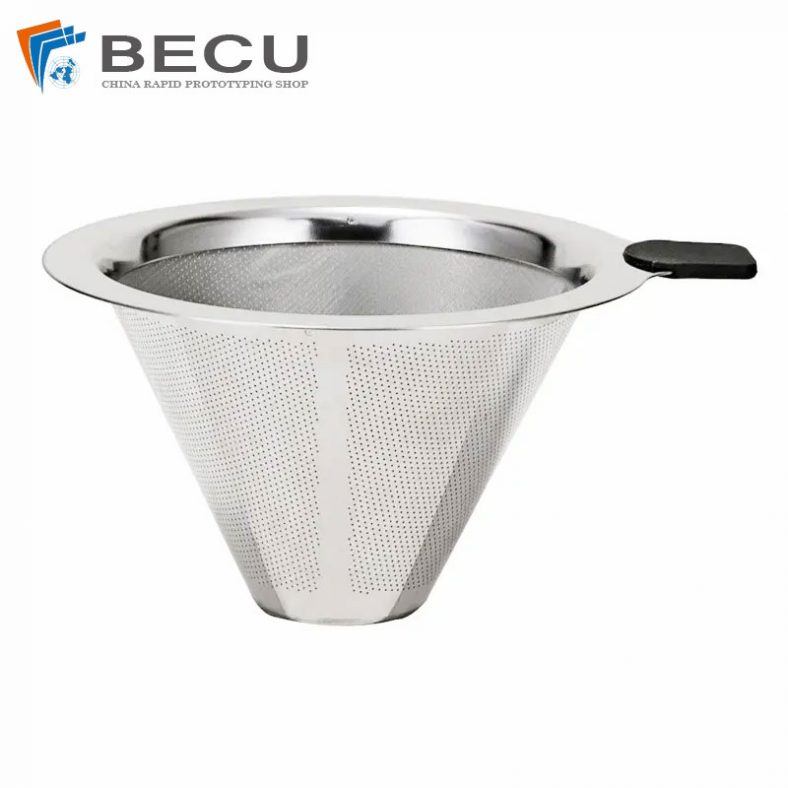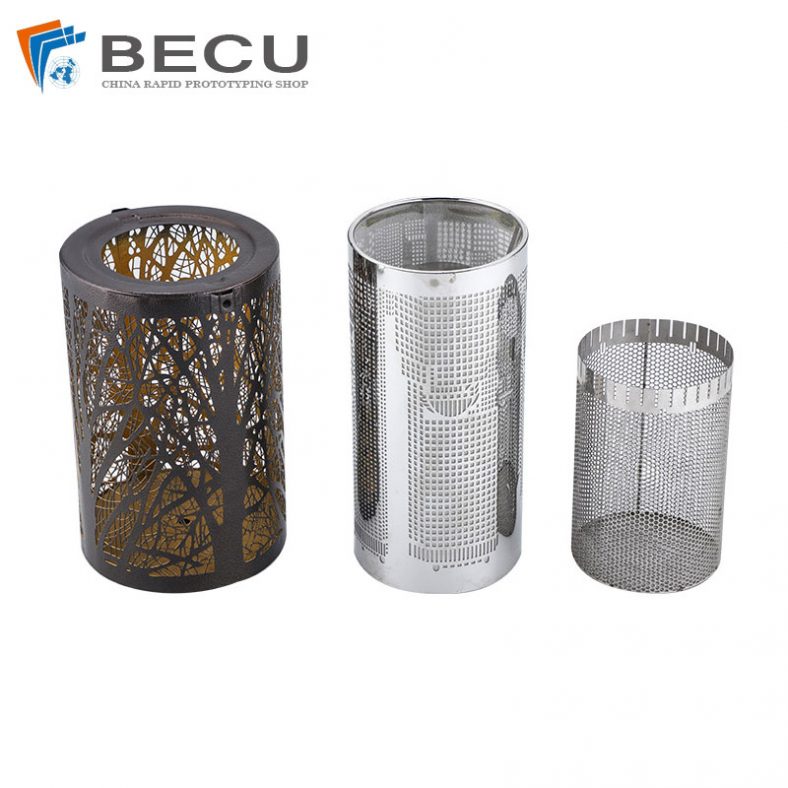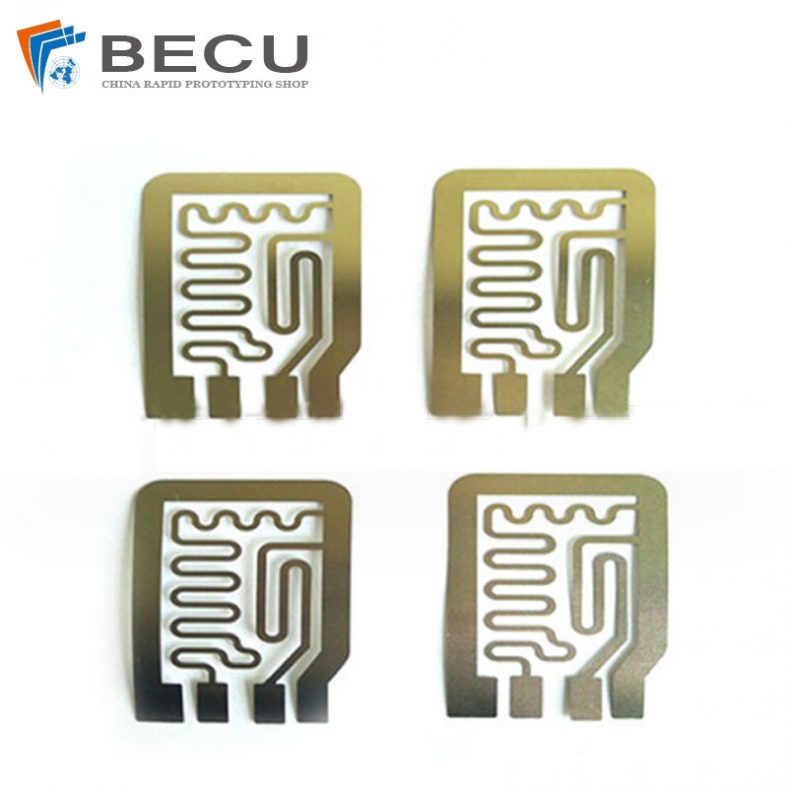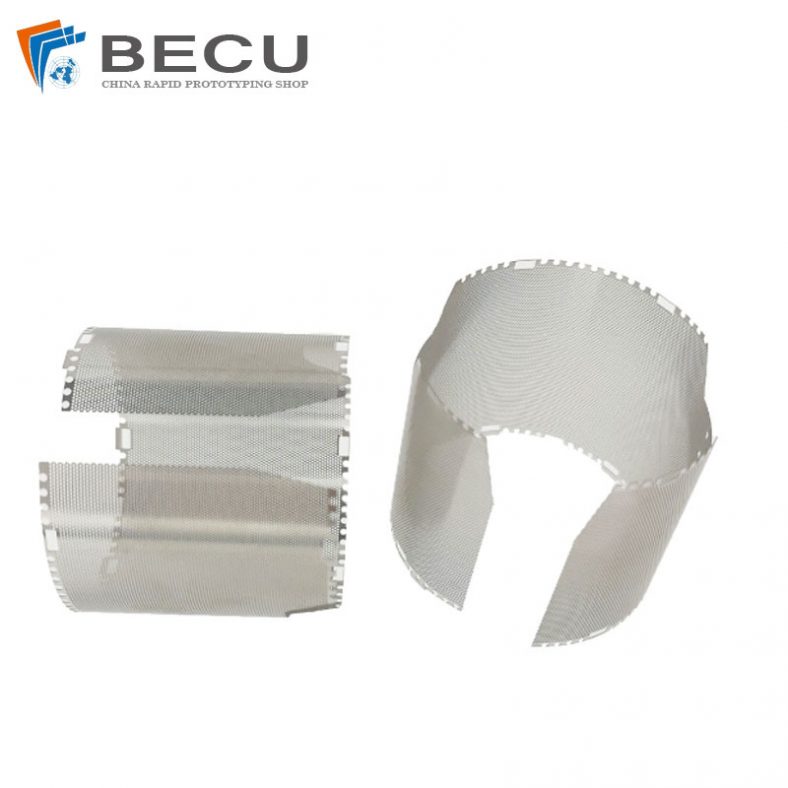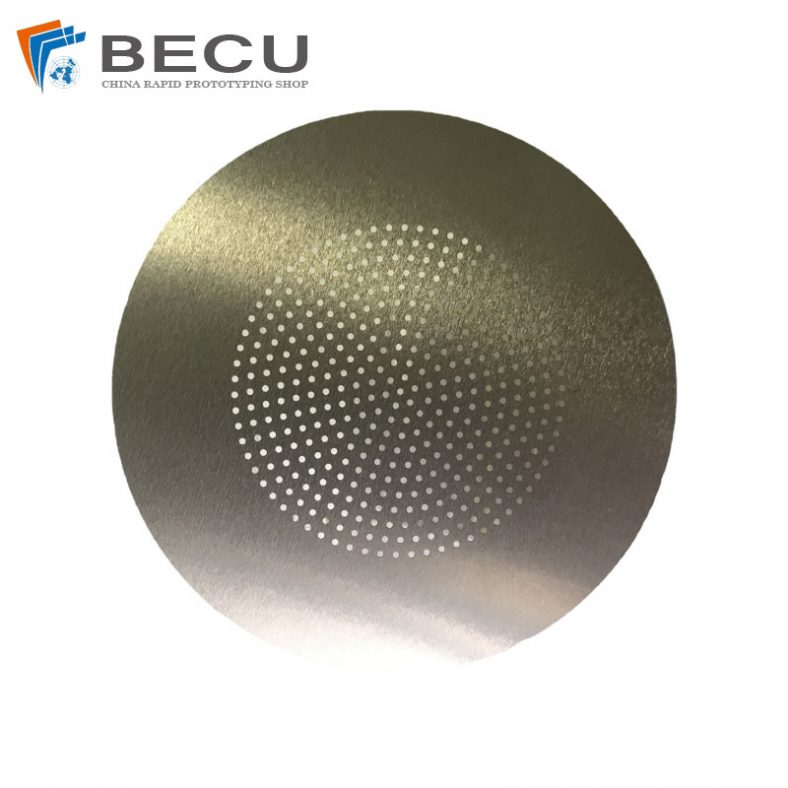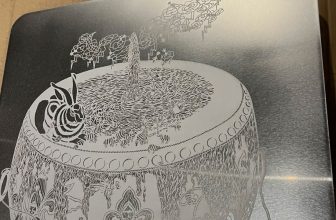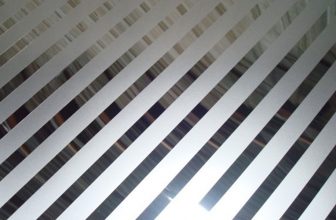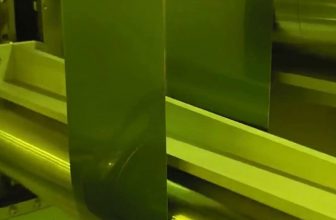Yes, metal thin sheets can be etched using various etching processes. Metal etching is a common technique used to create intricate patterns, designs, or markings on thin metal sheets.
The Methods Of Metal Thin Sheet Etching
The process typically involves selectively removing material from the surface of the metal to achieve the desired pattern or design. There are several methods for etching metal sheets, including:
- Chemical Etching: Chemical etching is a common method that uses chemicals, often acids, to selectively dissolve the metal from the surface. A protective mask or resist is applied to the metal sheet to define the areas to be etched. The exposed metal is then etched away, leaving the desired pattern or design. Common acids used in chemical etching include nitric acid, ferric chloride, and hydrochloric acid.
- Electrochemical Etching: Electrochemical etching, also known as electrochemical machining (ECM), uses an electrolyte and electrical current to selectively remove metal from the sheet. It is often used for high-precision etching processes, especially for materials that are difficult to etch using chemical methods.
- Laser Etching: Laser etching uses a high-powered laser beam to selectively ablate the metal surface. This method is precise and can be used for various metals, but it can be expensive and is typically used for intricate and fine-detail work.
- Mechanical Etching: Mechanical etching involves physically removing metal material using tools like engraving machines or CNC routers. This method is less common for thin metal sheets and is often used for thicker materials.
- Photochemical Etching: Photochemical etching, or photochemical machining (PCM), uses a photographic mask and a chemical solution to selectively etch the metal. It is suitable for producing fine details and can be used on thin metal sheets.
The choice of etching method depends on various factors, including the type of metal, the desired level of precision, the complexity of the design, and the production volume. Each method has its advantages and limitations, so the selection should be based on the specific requirements of your project.
Our Application Of Thin Sheet Etching
In fact, the key to this question can be interpreted as: What kind of process is suitable for processing thin sheet metal materials? What thickness range is considered thin metal? Why do metal sheets need to be etched?
The thickness range of metal sheets is generally recognized to be between 0.01mm and 1mm, which is relatively considered to be the material of metal sheets. There are also quite a few people who believe that 0.01mm to 0.5mm is the category of metal sheets.
Metal sheet materials, such as 304, 301, 430, 316, 441, iron, brass, copper, beryllium copper, etc., as well as molybdenum and titanium sheets, are most suitable for processing by etching process and can be etched.
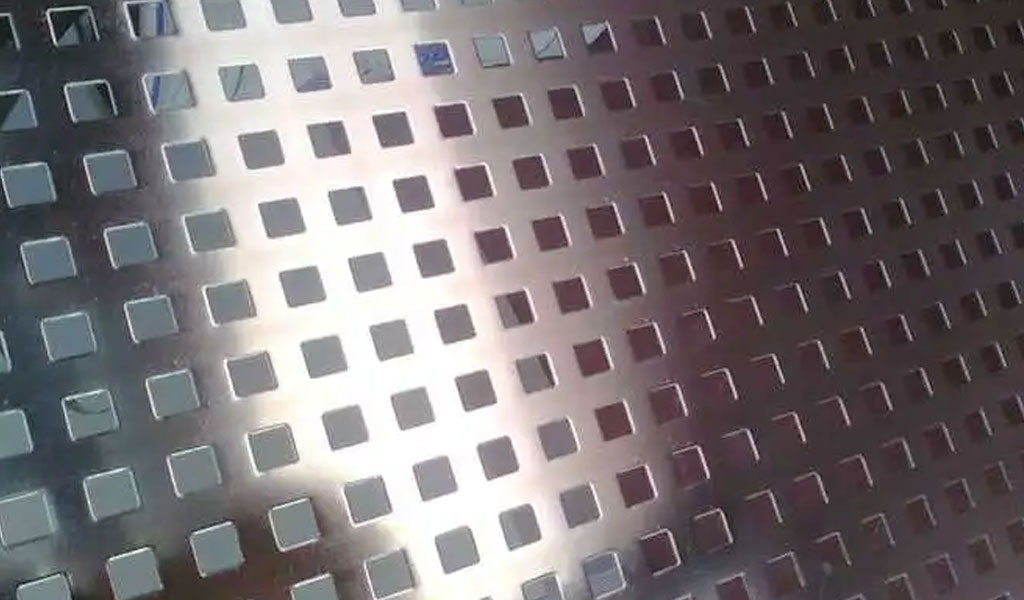
First of all, the etching process perfectly solves the problem of material deformation during processing, and after the etching is completed, the product has no curling edges or burrs.
Second, the etching process of metal sheets can process complex graphics and patterns, and the cost of early production is relatively low, and the timeliness is greatly accelerated. The production can even be completed in 24 hours, which is of great benefit in solving some urgent problems.
Third, the etching of metal sheets of multiple types and patterns can be carried out at the same time, which can save a large part of the cost and save development costs.
At present, Be-Cu ETCH can provide metal material(as Beautifully Of Etched Stainless Steel) etching ranging from 0.01mm to 3.0mm thickness, high-precision etching of metal sheets, and laser etching of metal thick plates. At the same time, supporting stamping and molding services are provided to solve customer product problems in a one-stop manner.

